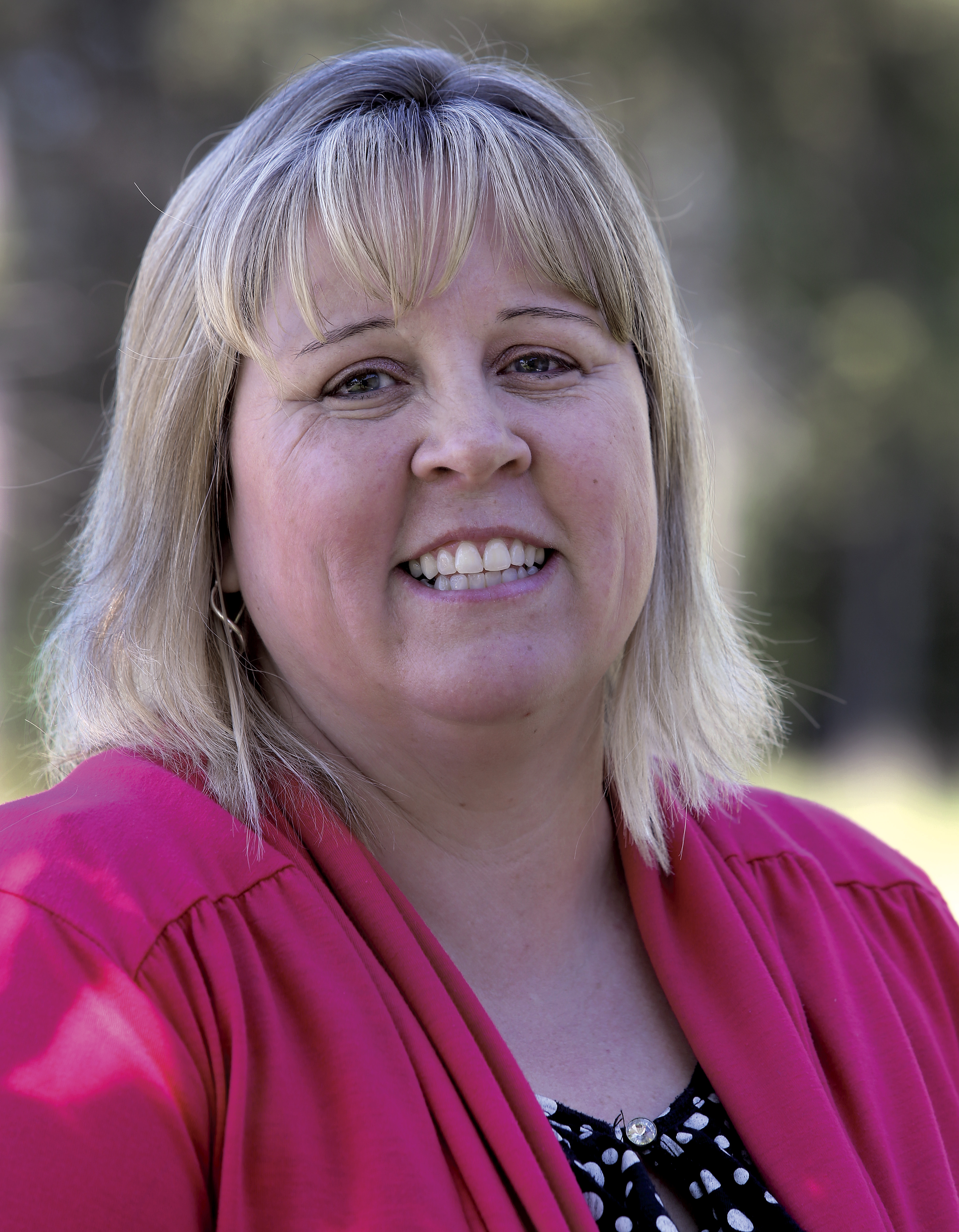Health & Education
Fasana address Salem-Keizer School District

By Danielle Harrison
Smoke Signals staff writer
Grand Ronde Education Department Manager and Tribal member Angela Fasana was the featured speaker in the first of several virtual community learning sessions sponsored by the Salem-Keizer School District.
The first Zoom event held on Monday, Nov. 8, focused on the history of government-to-government relationships between Tribes and the federal government. It was hosted by Salem-Keizer School Board Chair Osvaldo Avila and Director of Student Equity, Access and Advancement Cynthia Richardson.
The goal was for participants to leave with a greater understanding of the historical relationship between federal and Tribal governments, and how the relationship contributes to how Native people experience public schools and classrooms.
“We’re hoping this builds bridges and provides awareness,” Avila said. “We developed these sessions so we could all learn together.”
Fasana provided an overview of federal Indian policy dating from before the United States was a country to the self-determination era of today.
“I find that a lot of people have questions about relationships between Tribes and governments, and how it all works,” Fasana said. “I explain it because everyone has a version of history and I want to talk about actual policies passed by the government which determined what the relationship would be.”
Fasana told attendees that there was 250 years of contact between Indigenous people and settlers before the country was formed.
“That relationship really depended on many factors,” she said. “These pre-existed Indian policy and impacted it.”
Following the pre-confederation period was the confederation period (1774-1789), trade and intercourse era (1789-1825), removal era (1825-1850), Reservation era (1850-1887), allotment and assimilation era (1887-1934), Indian reorganization era (1934-1940s), Termination era (1940s-1961) and self-determination era (1961-present).
“During the confederation period, generally speaking, people agreed to stay in their respective areas where they could take care of their people,” Fasana said. “During the trade and intercourse era, the Tribes were brought to the level of individual sovereign nations, which was a federal government issue.”
She noted that one of the biggest tragedies of the Reservation era was the loss of land and way of life.
“The government decided to push Tribes to the West to relocate them and one of the most tragic parts was the loss of land for many Tribes. The biggest example was the Trail of Tears and removal of the Cherokee to Oklahoma,” Fasana said. “This era is also where I can put myself in both my Tribal family and mom’s family, who were settlers. There was a conflict in culture.
“We (Tribal people) were nomadic and didn’t think of land as owning it. We stayed in areas. You start seeing lots of conflicts and fear on both sides. The government decided to put Tribes on reservations and Tribal people didn’t have a lot of options. You came to the Reservation or the military would remove you. What Tribes were promised from the government in exchange for giving up large swaths of lands they roamed for thousands of years was medical care, housing, food and education.”
Fasana said after the government made all of those promises, officials realized it came with a hefty price tag so they decided that assimilation would help them do away with Native populations and thus the treaty obligations.
“This was also the era of boarding schools and recently more has become known about the tragedies that happened there,” she said. “The policy was to kill the Indian, save the child.”
She said her own family has its history with boarding schools. Her grandfather ran away from Chemewa Indian School in Salem twice.
“They finally gave up on trying to make him go,” Fasana said.
The Indian reorganization era was about trying to make Tribal governments resemble American ones so that officials would know how to approach Native leaders.
“Tribes began economic development and repurchased their lands and starting building their people back up,” she said. “But things took a tragic turn with the Western Oregon Termination Act of 1954. My Tribe was one of those which was terminated, I believe because there was a lot of timber here. By terminating us, we no longer existed in the eyes of the government and (many) were relocated. My grandpa served our country in World War II and five years after he came back, he received a letter saying they were no longer Tribal members.”
Fasana said that the experience of boarding schools, reservations, Termination and relocation resulted in intergenerational trauma and mistrust of government for many.
“We still carry that trauma of Termination in our DNA and it impacts us,” she said. “This affects schooling because public education wasn’t introduced to us in a positive way. A lot of our families have these stories and carry that fear and skepticism.”
She also briefly discussed the Grand Ronde Tribal governmental structure and administration, and each department’s role in serving Tribal members.
Fasana took 10 questions from the audience, several of which asked how to most effectively teach lessons about Native history and culture without putting Native students on the spot.
“Listen with your heart,” Fasana said. “You won’t always know that someone who looks like me is so rooted in Tribal culture. Take the time to get to know your students.”
She also thanked school district officials for inviting her to speak.
“I’m grateful to have the opportunity to talk to you all tonight,” Fasana said. “My grandpa always taught me that the only way to combat stereotypes is to talk about our culture and experiences.”
